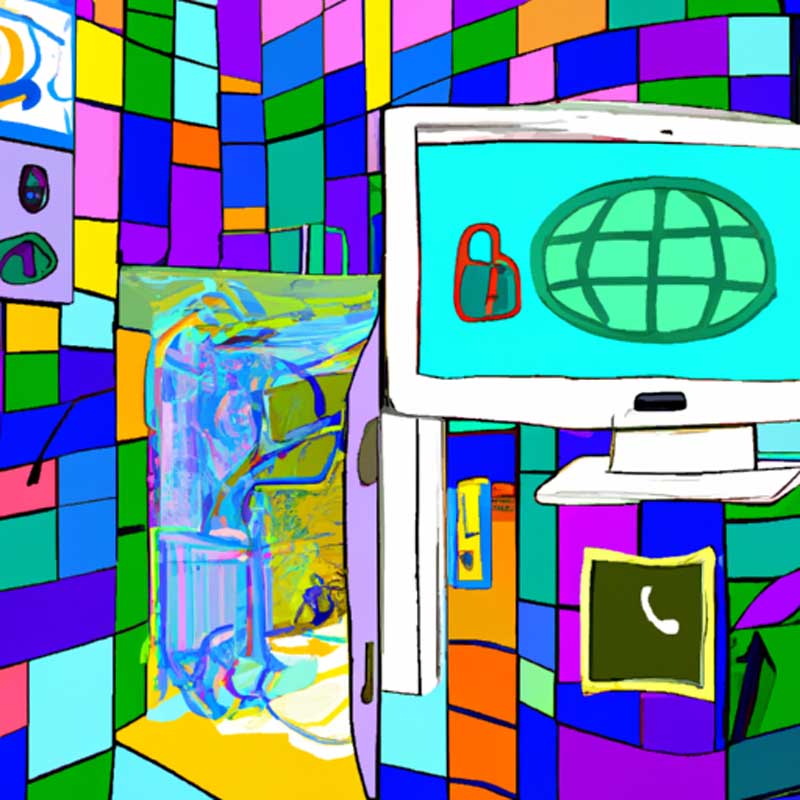TLDR:
In a new study, scientists have developed an AI method called AI-NERD that creates material fingerprints using X-ray photon correlation spectroscopy (XPCS) and machine learning. This technique helps researchers understand how materials evolve over time and when they are stressed and relaxed.
Key points:
- Scientists have developed a new AI method called AI-NERD to create material ‘fingerprints’ using XPCS and machine learning.
- The technique helps researchers understand how materials evolve over time and under different conditions.
Article Summary:
Scientists at the Argonne National Laboratory have developed a new AI method called AI-NERD that creates material fingerprints using X-ray photon correlation spectroscopy (XPCS) and machine learning. This technique allows researchers to better understand how materials evolve over time and behave when under stress or relaxation. By creating fingerprints of different materials, scientists can analyze them using a neural network, enabling access to new information that was previously inaccessible. The AI-NERD method uses unsupervised machine learning to recognize patterns hidden within X-ray scattering data, helping to condense complex data into essential information.
The researchers utilized an autoencoder, a type of neural network, to transform image data into fingerprints, which are then mapped into clusters with similar characteristics. By analyzing these clusters holistically, scientists can gain insights into how materials are structured and how they change over time. The AI’s pattern recognition capabilities allow it to efficiently categorize different X-ray images and sort them into these map clusters.
Understanding scattering data using AI will be crucial as facilities like the Advanced Photon Source (APS) generate increasingly brighter X-ray beams. The AI-NERD project brings together theory groups with computational groups to simulate and generate data for training AI workflows. This new method opens up possibilities for studying materials in new ways and gaining deeper insights into their behavior.
